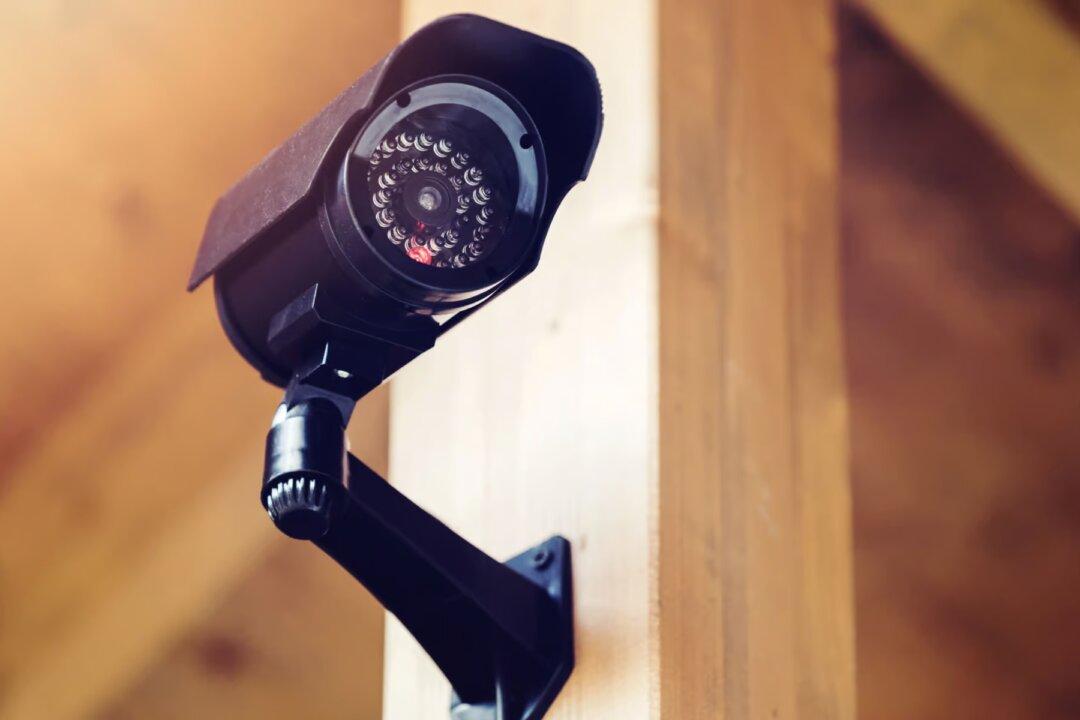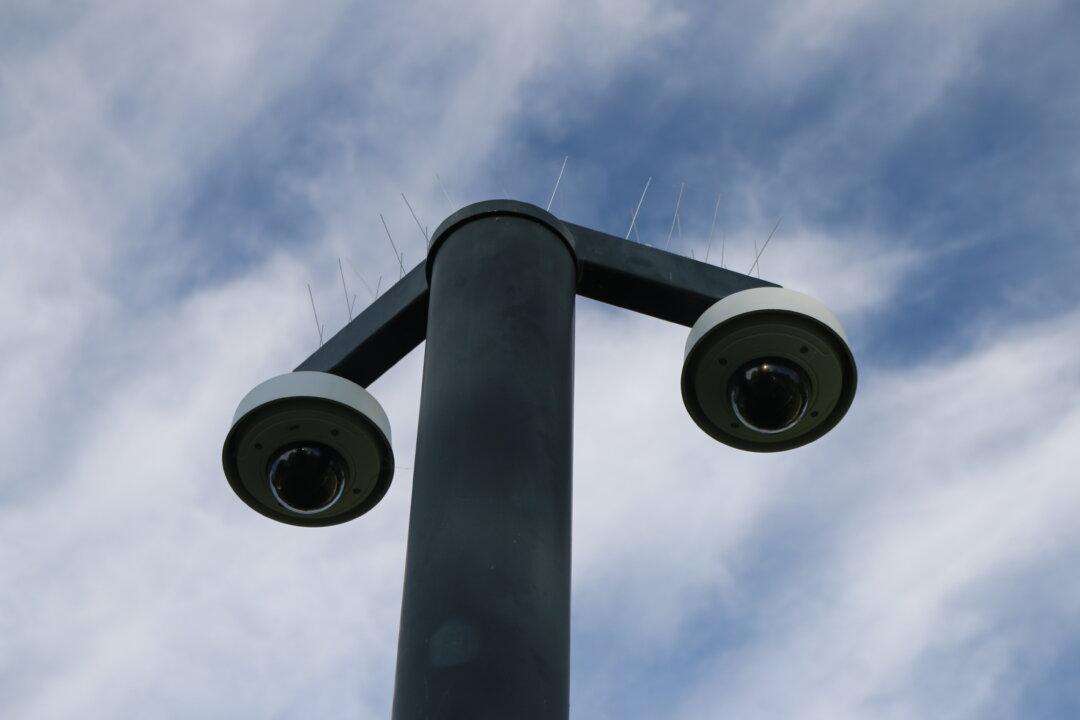Commentary
“The greatest trick the Devil ever pulled was convincing the world he didn’t exist” is a quote generally attributed to Charles Baudelaire—or possibly Keyser Söze, depending on who you ask on the internet. Something similar can be said about Big Brother.





